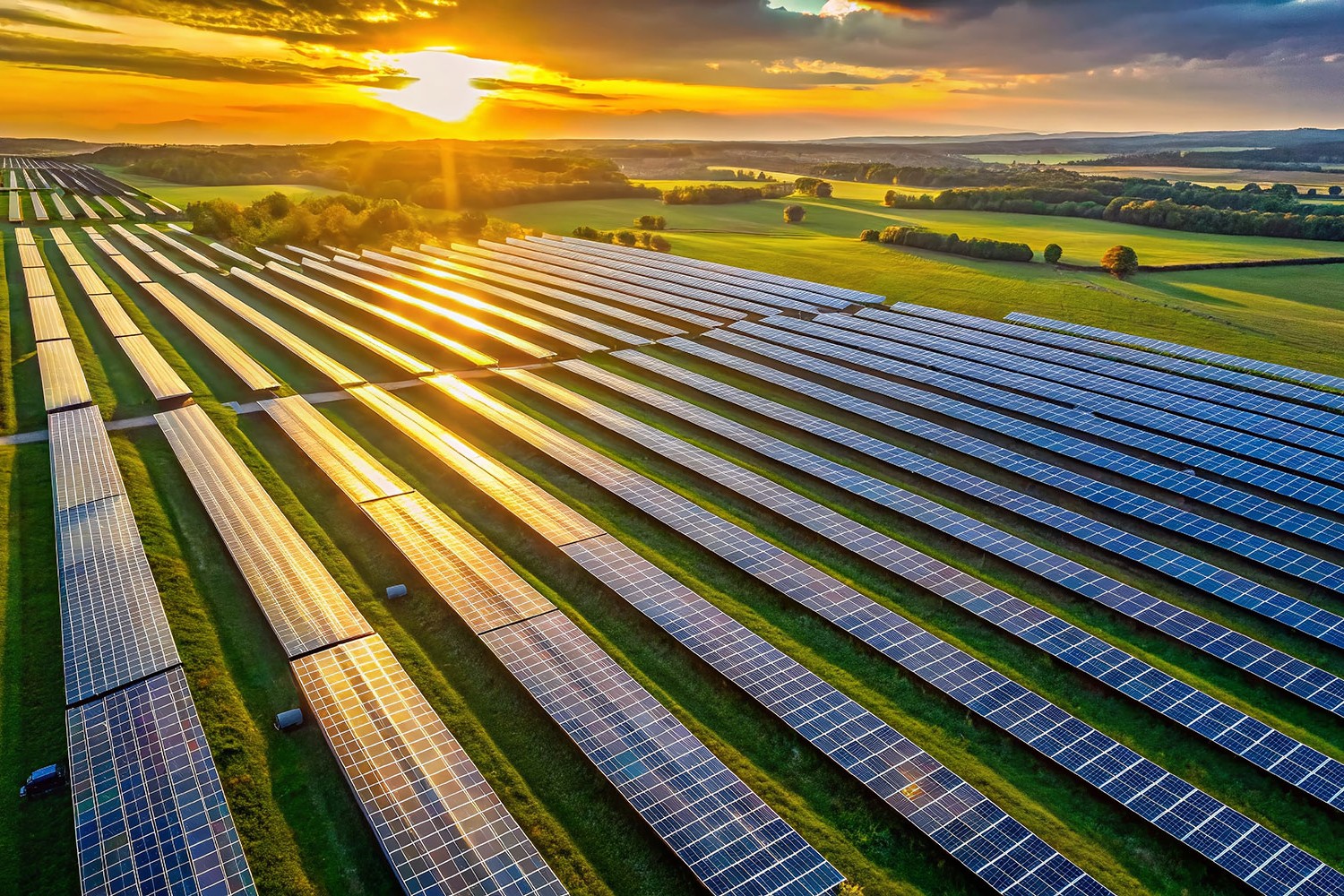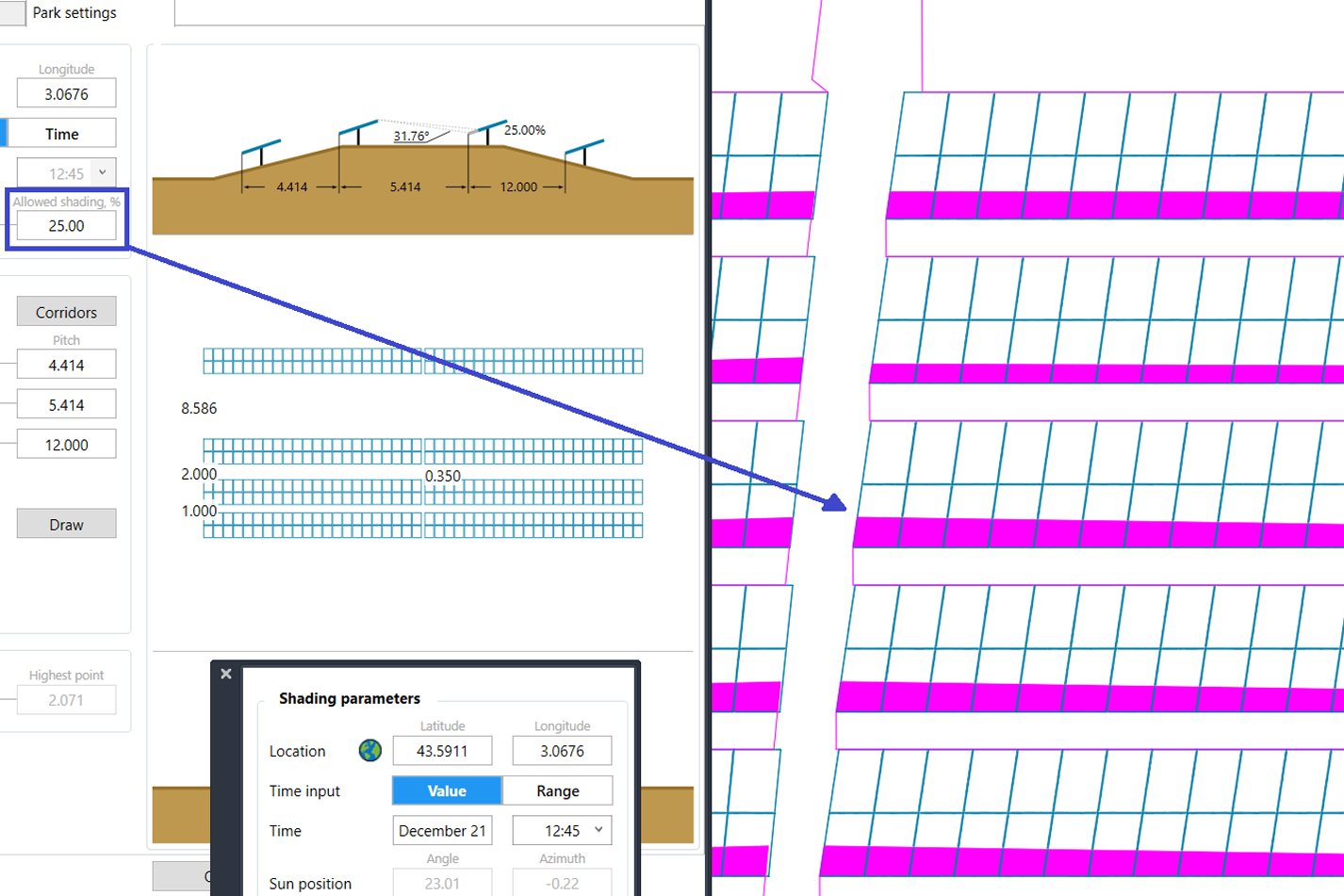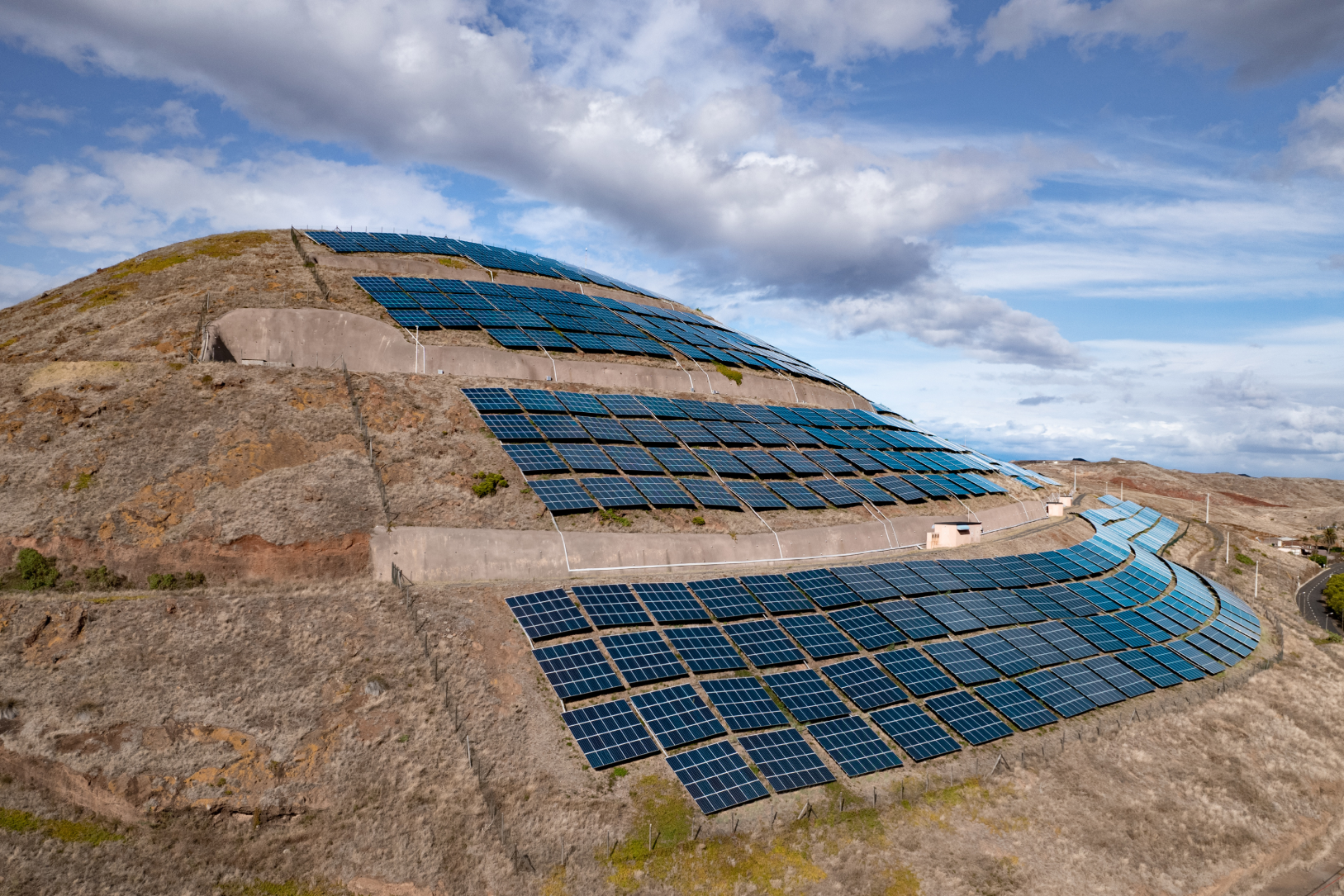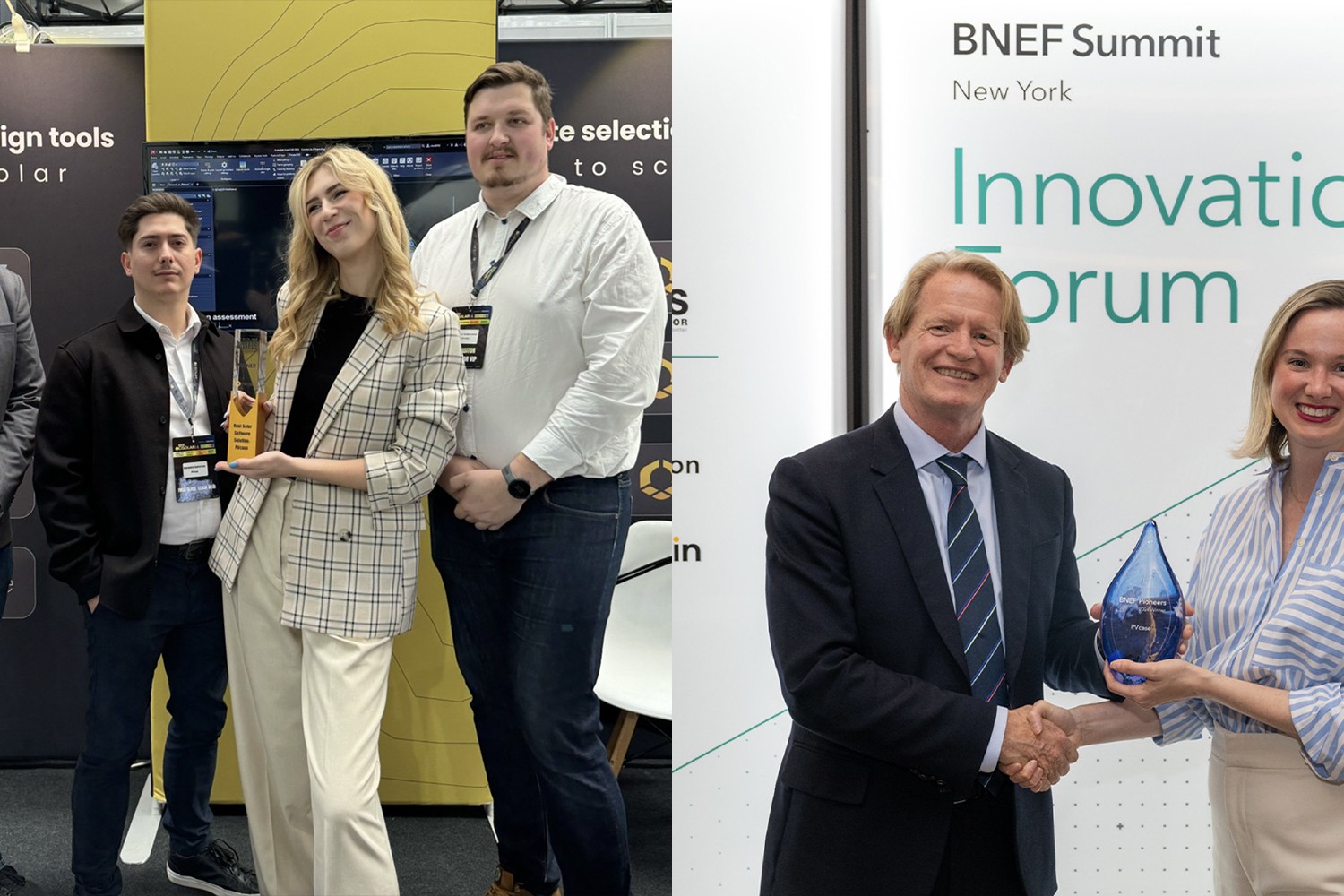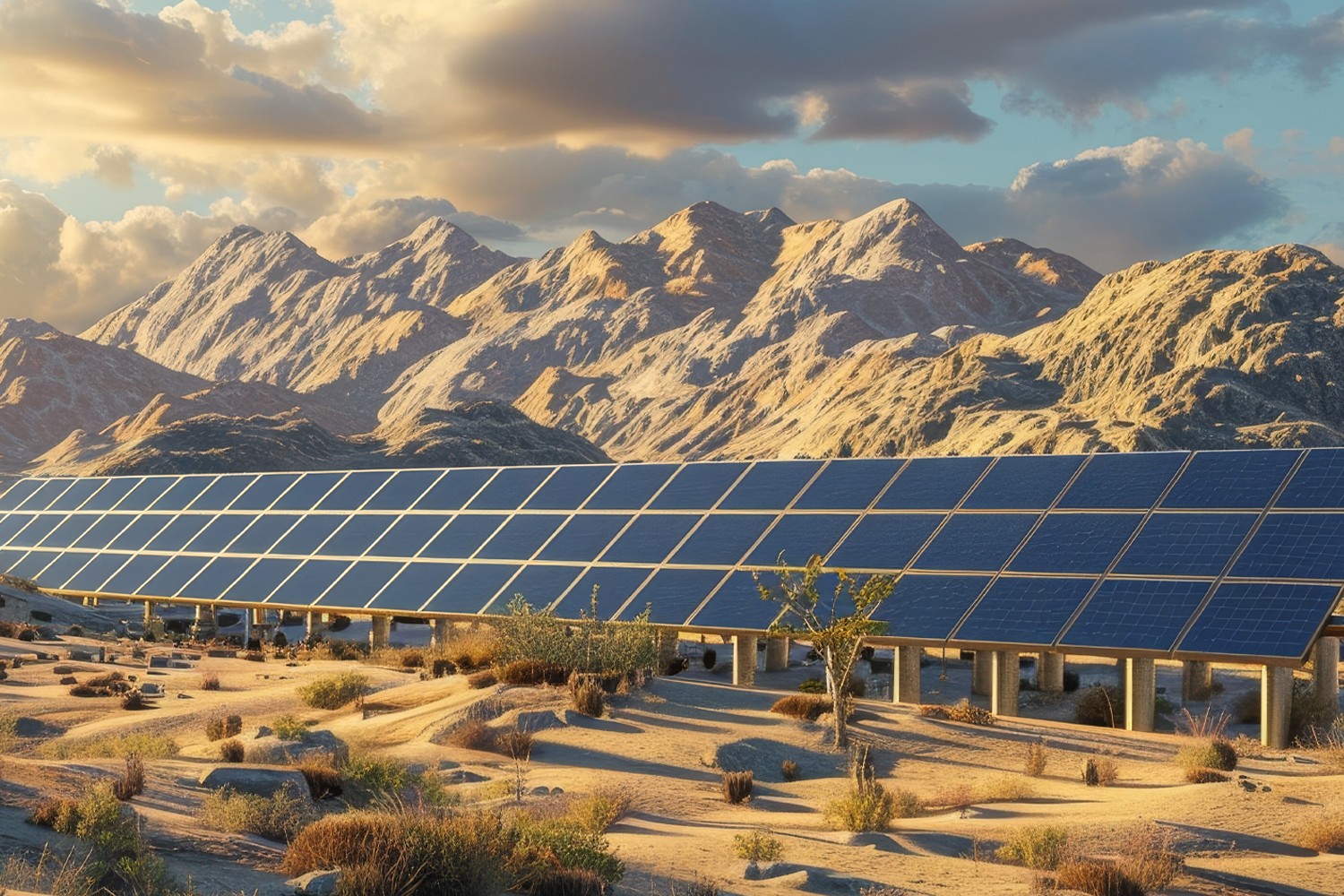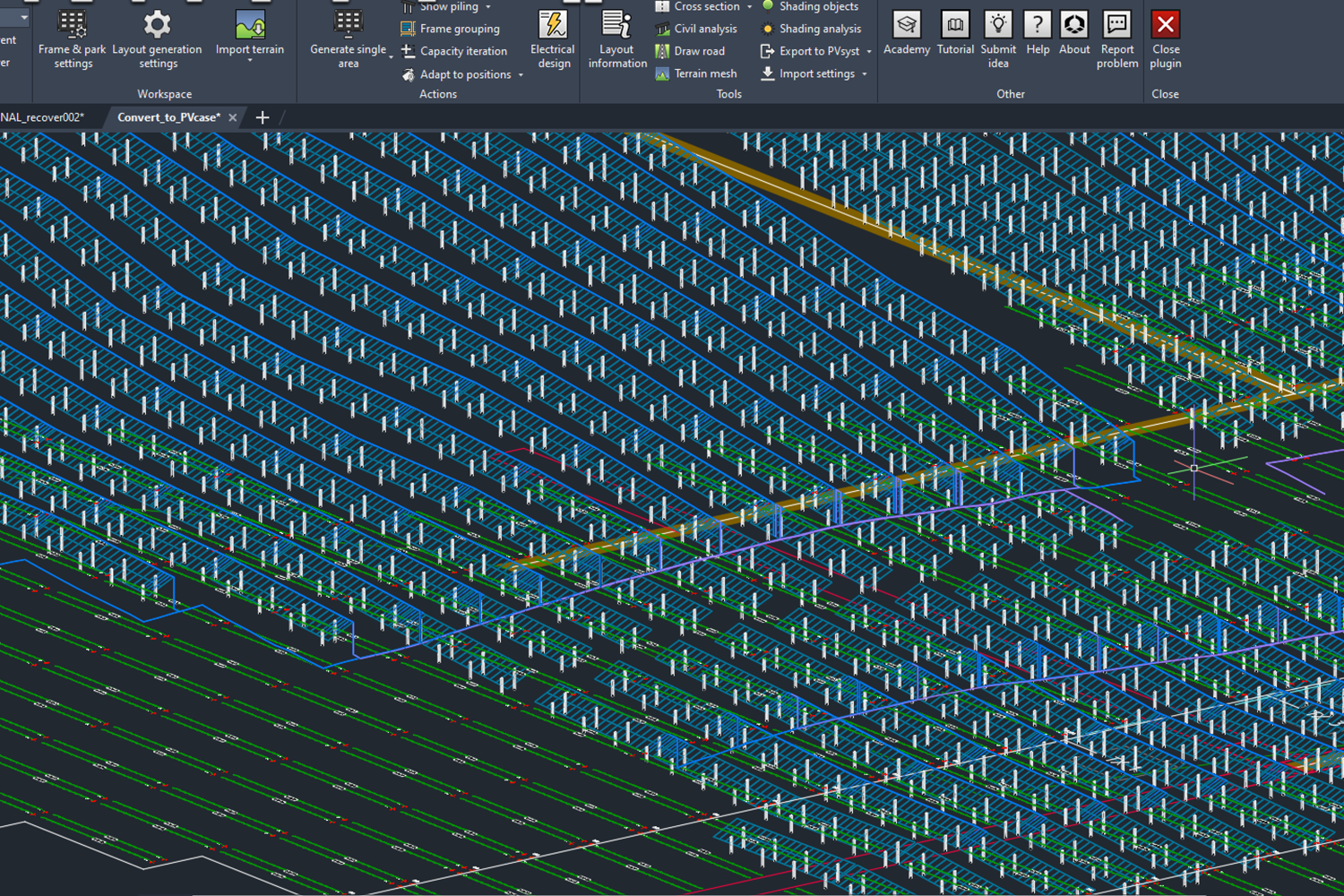RE+ (formerly SPI) conference was an exceptional experience given the 3-year gap that took place between the last two events. Since 2019 the solar landscape has changed significantly marked by new challenges and possibilities driven by technological innovations, the geopolitical climate and social justice movements.
RE+ 2022 was also special because it witnessed turning points in the industry and the conference itself. It is the last conference co-hosted by SEPA CEO Julia Hamm, who will be leaving her position, and it is the first conference after the passing of The Inflation Reduction Act of 2022 (IRA). The legislation is expected to significantly change the landscape of renewable energy for the better. Naturally, the possibilities and challenges of the IRA were the key topics on which the majority of panels and discussions focused. Scott Moskowitz, the Director of Public Affairs at Qcells, claimed in the Flare Up! panel discussion that the IRA is the beginning of a new era of renewable energy.
The IRA promises to invest 391 billion dollars in energy security and climate change sectors. The bill also aims to reduce home energy costs by allocating another 9 billion to home energy rebate initiatives. Moreover, the IRA promises many tax incentives and credits to renewable energy users and developers (e.g. users of heat pumps and rooftops solar). And these are just a few among many incentives of the act.
The IRA has caused a massive wave of excitement among the renewable energy community. But it also raises many new questions and challenges. How will the landscape of solar energy change after the passing of this law? What changes should be implemented? How should we spread awareness and lay the path towards a greener future? What will the implementation of all the IRA provisions ultimately look like?
Future challenges
One of the concerns expressed in RE+ was that the IRA is rather a starting point than a finish line. The IRA still needs to prove its success, especially in the long-term perspective considering the future changes in the political climate, the current opponents of the legislation and the states with less climate change awareness. The bill will likely need to withstand many upcoming alterations and debates. Renewable energy advocates must also convince the skeptical part of the country by promoting successful projects and initiatives backed by the IRA, intensive lobbying and proving the usefulness of renewable energy to an average American.
Another issue is the lack of unionization of the renewable energy sector as opposed to the coal and natural gas sectors. The expansion of the renewable energy industry and the creation of new employment opportunities require the formation of unions that would protect and strengthen the sector.
The private investment is another force that can give a significant push to the sector, especially if it continues to hit the present targets. Supria Ranade, Head of Power Markets of SB Energy, said that last year witnessed 10 billion dollars of investments in the renewable energy sector. In comparison to prior investments, there are high numbers.
Domestication of solar components manufacturing
IRA’s encouragement of domestic production of solar, wind and battery components has also been widely debated in many discussion panels. The solar energy industry is in a better position to tackle various supply chain constraints than it was a few months ago. Yet, production capacity still needs to be increased. Around 80% of solar modules arrive from Southeast Asia, but there is a possibility that the commerce department will impose additional tariffs on them in the future. Due to the enforcement of the Uyghur Forced Labor Prevention Act and Withhold Release Orders, many solar modules manufactured in China are still stuck at the border. These aspects illustrated the growing demand for domestic production that the IRA should tackle with its tax credits for US-built components.
The IRA also includes a domestic content requirement to get the full value of tax credits for renewable energy installations, even though it lacks a detailed explanation of the exact components included in the proposition and other issues. This encouragement of relying on domestic supply will not work if the market will not satisfy the growing demand. However, the full reliance on domestic content still remains a big challenge for companies.
Fortunately, such energy companies as Qcells, First Solar and Toledo Solar plan to significantly increase their manufacturing capacities. Daniel Nelon, the Vice President at Avantus, said that the US witnesses daily announcements of manufacturing expansions. Time will tell if such expansions will be sustainable.
Quest for a perfect storage solution
Energy storage has been another prominent topic in RE+ with many companies advertising their innovative long-duration storage solutions. Lithium cell manufacturers also had their dedicated area in the margins of the convention floor. RE+ panelists expressed their concern about market constraints that block the adoption of non-lithium storage technologies.

The expansion of renewable energy requires new long-term storage solutions that could last more than 8 hours and store curtailed energy and restart the grid in case of outages. However, there is no clear leader among all the innovations that would provide a sufficient and affordable solution. Kiran Kumaraswamy, the Vice President of Fluence, said that the new prevailing technology should not resemble ion lithium and “has to offer a unique economic proposition.”
One of the IRA’s roles is to push for innovation in this space. The IRA incentives should help to come up with new ideas for efficient long-time storage and help to implement them on the utility-scale. But some analytics say that such a solution is still a couple of product generations away.
Conclusion
Despite the above-mentioned challenges, the IRA lays the path to a bright future for the renewable energy market. Now is definitely one of the most exciting moments to be involved in the solar energy sector and an essential turning point in the industry. If sweeping policy changes in Europe and the US are any indication, we will see a great influx of established long-term renewable energy initiatives that will likely make a significant impact in the fight against climate change.
This is our opportunity to contribute to the change, too. PVcase Roof Mount tool will widen the existing possibilities of our Ground Mount product, and will allow users to implement cutting edge designs on rooftops of commercial buildings and expand their renewable energy projects.
You might also be interested in:
March 26, 2025
PVcase Yield product guide: revolutionize solar energy modeling with advanced technology
Download PVcase Yield product guide and discover how PVcase Yield is transforming solar energy modeling with its advanced digital twin technology and physics-based simulations.…
March 25, 2025
The impact of Zoning Data on strategic site selection
Zoning Data encompasses the information used by local governments to classify land use. Learn how this new addition to PVcase Prospect enables solar developers to choose a project…
March 24, 2025
PVcase’s spring product updates: what’s new
PVcase and HeatSpring offer a new training bundle on utility-scale solar engineering for solar designers and engineers.
March 5, 2025
Why fiber data is non-negotiable for data center site selection
Discover why integrating fiber data into your data center site selection process is crucial for reducing costs, accelerating deployment, and improving network resilience.
February 20, 2025
PVcase Ground Mount wins G2 2025 Best CAD & PLM Software award
PVcase and HeatSpring offer a new training bundle on utility-scale solar engineering for solar designers and engineers.
February 18, 2025
PVcase partners with HeatSpring for advanced utility-scale solar training
PVcase and HeatSpring offer a new training bundle on utility-scale solar engineering for solar designers and engineers.
February 3, 2025
Solving ground mount solar design challenges. A guide by engineers, for engineers
Download our e-book for expert insights and actionable solutions to the common pain points you encounter in your day-to-day work, and start taking back your development time.
January 15, 2025
Award-worthy solar software: PVcase’s impact in 2024
Explore how PVcase's award-winning product suite is combating climate change through innovative software and what achievements were recognized the most.
January 14, 2025
Top 10 questions asked during the PVcase Digital SmartUp’24 — answered
Customers ask, we answer — read the article to find answers to the top 10 most asked questions at the exclusive PVcase Digital SmartUp'24 event.
January 10, 2025
Developing solar projects on challenging land
Solar developers face fierce competition, congested grids, and a shrinking pool of ideal sites. What's the solution? Read and and learn how to develop on challenging land instead.
December 12, 2024
Why Locational Marginal Pricing (LMP) data is essential for solar development?
Locational Marginal Pricing (LMP) data helps solar developers forecast profitability, minimize financial risk, and optimize site selection. Let’s break down what LMP data is, its…
December 11, 2024
PVcase product updates — November highlights
With PVcase November updates, you can achieve faster, more accurate results today — no need to make them your New Year’s resolutions. Dive into the major updates from the PVcase…
December 9, 2024
The importance of quality GIS data for solar site selection
Discover the impact of high-quality GIS data on solar site selection. Learn how parcel data, grid capacity, and LMP data optimize solar project development, reduce risks, and…
December 2, 2024
Consequences of extreme weather events: can we still afford it?
Floods, hurricanes, wildfires — whether we want them or not, extreme weather events have become the new normal. This year alone, there have been 24 billion-dollar weather…
November 14, 2024
Fail fast, succeed faster: the developer’s guide to streamlining solar projects with early-stage development software
Discover how solar developers thrive by adopting the 'fail fast, succeed faster' approach. Explore the role of early-stage development software, such as PVcase Prospect, in…


